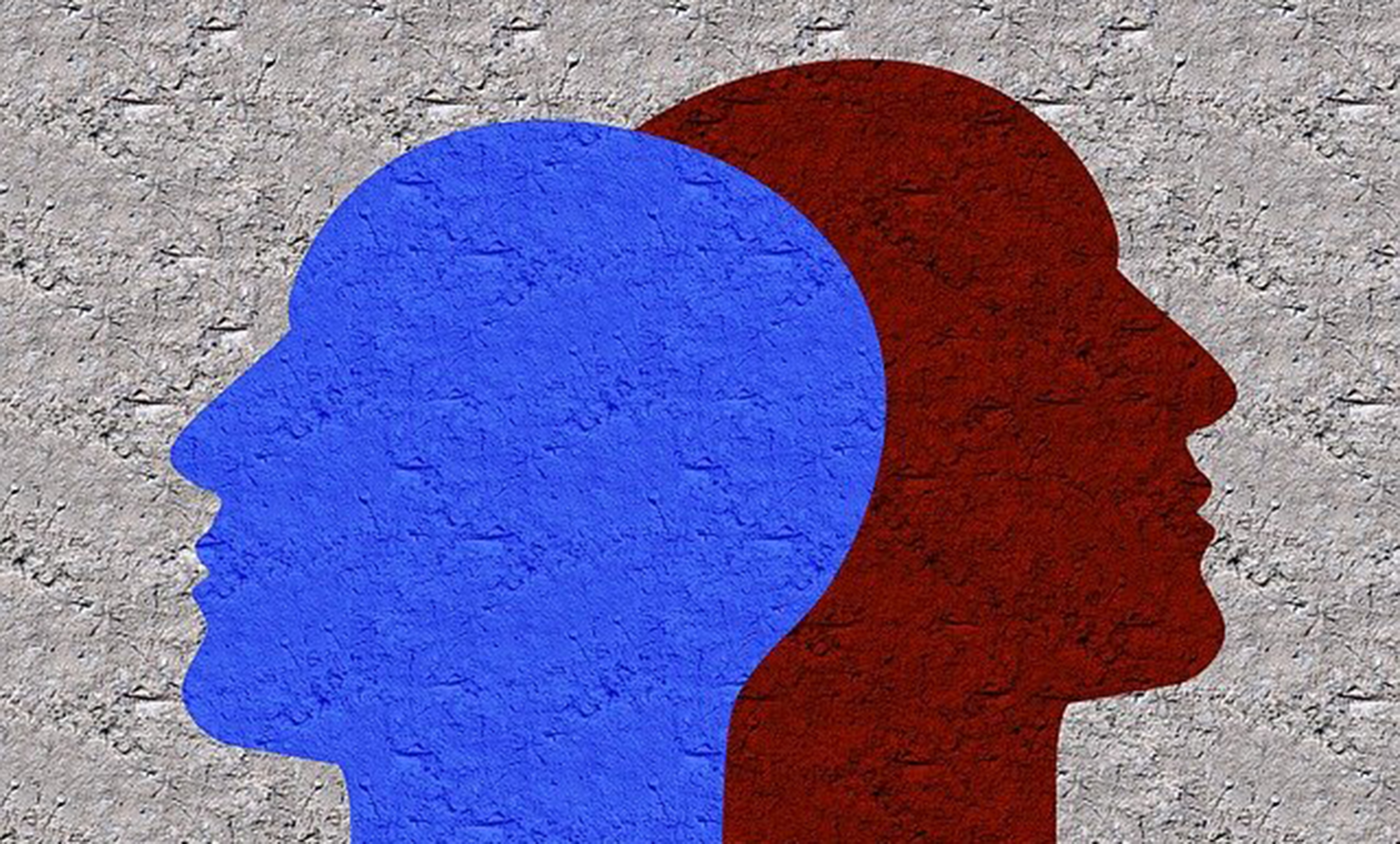Part 1: What is a Personality Disorder?
What I have found over the past few years in talking with friends and family, along with teaching and talking with college students, is that personality disorders are highly misunderstood. I credit mainstream media and Hollywood as far as how they have (mis)portrayed many of them. After a recent conversation with a colleague, I decided to start a series on Personality Disorders to help set the record straight.
This is Part 1 of the series, and it will give you a foundational understanding of what a personality disorder is, as compared to a “normal” or “neurotypical” personality.
What is a neurotypical personality?
The most basic facet of a personality is a personality trait—an enduring pattern of perceiving, relating to, and thinking about the environment and others.
A “normal” or “neurotypical” personality means that you have and use a toolkit comprised of a variety of (personality) traits along with an observing ego. An observing ego is like having a mirror that keeps you accountable and allows you to perceive and change your behavior. These components make up your personality and play into the individual differences in your characteristic patterns of thinking, feeling, and behaving.
More importantly, your individual personality traits and personality are the resources that enable you to handle the diverse demands of life, provide flexibility and adaptability to situations, allow you to observe and self-correct a mistake, and facilitate the ability to problem-solve.
What is a personality disorder?
A personality disorder, on the other hand, is a cluster of personality traits and behavioral patterns that represent inflexible, long-standing, deeply rooted ways of thinking, feeling, and acting about/toward oneself and others. An individual with a personality disorder very rarely has an observing ego. Their behavioral patterns are inflexible and pervasive across personal and social situations—i.e., they are not isolated behaviors or situations.
More often than not, having a personality disorder leads to clinically significant distress. However, the distress is not necessarily to the individual with the personality disorder, but rather to those around and living with them due to the inflexibility and pervasiveness of their ways of thinking, feeling, and acting.
The inflexible patterns of thinking, feeling, and behaving typically manifest in two (or more) of the following ways:
- Cognition and perception of self and others
- Affectivity (emotions)
- Interpersonal functioning
- Impulse control
Now, a reminder—psychological and personality disorders fall on a spectrum, so people range as far as how they present, what symptoms they exhibit, and to what degree symptoms are manifested.
Although the onset of personality disorders can be traced back to at least adolescence, they are not diagnosed until at least 18 years of age.











